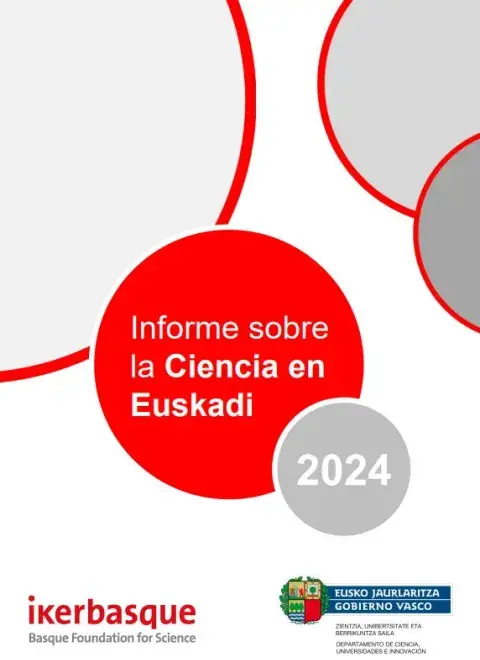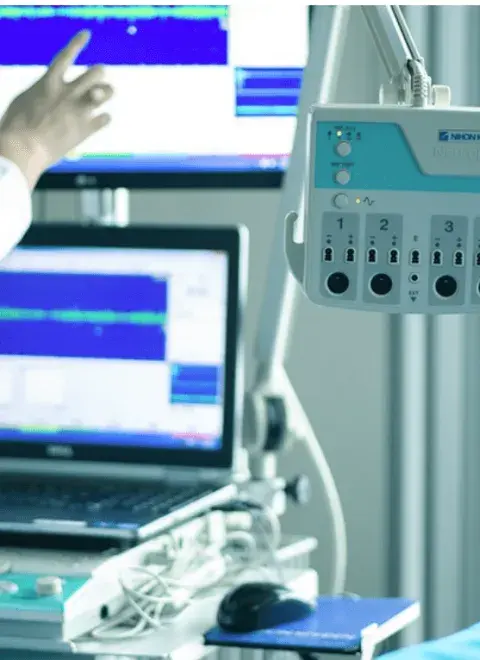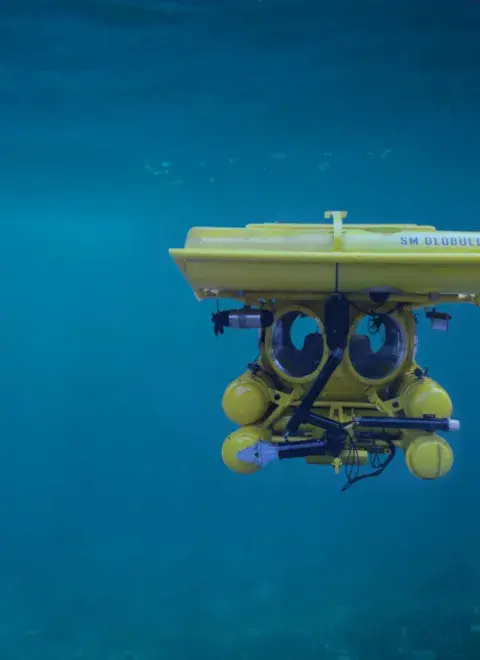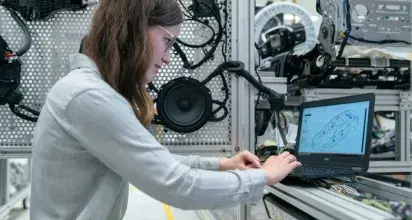
Figure 1: attracting female talent, and developing and sustaining measures so that their career can progress on equal terms are necessary to deal with gender gaps. (Photo: RAEng_Publications – Pixabay licensed. Source: pixabay.com)
According to a recent national survey by the L'Oréal foundation, 63% of the population believed that women could not be top-class scientists. A significant part of the population surveyed considered that women have "neither the interest, nor the courage, nor the rational attitude, nor the practicality, nor the analytical character" necessary for science. Though opinions of this kind are very widespread in our society, they lack any empirical basis.
The objective fact is that science degree courses attract women less than men, though the professions best rated socially are science-related (according to the Centro de Investigación Sociológica). Many reasons probably lie behind this difference. For example, discriminatory messages received by girls in their childhood and youth, from their family, school or society, whether explicit or implicit. These messages have a very negative impact on women, which in short leads them to underestimate their abilities in the scientific and technological sphere.
Science careers might be less attractive to women because they encounter obstacles to work-life balance, above all in family terms, in research. The difficulties of a scientific career need to be taken into account (competitiveness, insecurity, mobility). Also, the gender bias and discrimination shown in some areas of science, mostly transversal, can put women off this profession. This bias is revealed in the fact that only 18% of Spanish scientific awards go to women, according to the report drawn up by the Asociación de Mujeres Investigadoras y Tecnólogas, while just 3% of Nobel Science Prizes have gone to women since their creation.
I believe that equality between men and women in science careers should be a priority for governments, institutions and society, as it is a fundamental human right and a value essential to the progress of society. In this respect, I feel there are three competencies to work on that might help eliminate the main gender gaps that exist in scientific careers.
- It is necessary to attract talented women, especially in the fields of science, technology and engineering, where there will probably be more quality jobs in the future.
We are aware that women make up a majority of bachelor's and master's degree students, 55% of the total in Spain according to University Ministry sources. However, this proportion is significantly lower in science, technology, engineering and mathematics-related fields of knowledge (STEM). The most extreme case of this is revealed on engineering and architecture courses. In this particularly male-dominated field, only 25% of bachelor's degree students are women.
Also at doctoral level, gender related differences are obvious when it comes to choosing subjects: only 22% of people completing doctorates in information technology are women. The proportions rise slightly in engineering and architecture (30%) and science (47%), but are still not equal. Figures for other European Union countries are similar to or worse than in Spain. All these figures highlight the need to encourage scientific and technological vocations among young women, starting in childhood.
- We must keep this talent, by giving greater stability to careers in science and breaking down barriers like gender bias or difficulties with work-life balance in order to allow women to enter the scientific world and realise their full potential.
As we are well aware, the further one progresses in science studies and careers in universities and research centres, the smaller the presence of women. The highs and lows in these figures appear as scissors graphically, indicating a clear vertical gender segregation, something often called the "glass ceiling".
The decline in the proportion of women is more stark at the highest rungs of scientific careers. However, in Spanish public universities and research centres, the percentage of women at the highest professional level is below 22% (professors holding university chairs and/or research professors, respectively). And this percentage is even lower (around 10%) in STEM subjects. It is therefore clear that a set of gender equality measures is necessary to make up for these major inequalities.
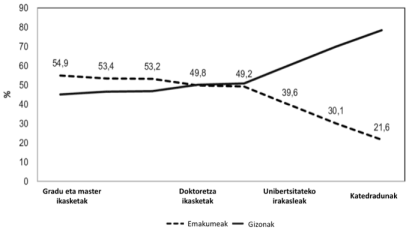
Figure 2: Scissor effect: distribution of men and women in university research careers. (Source: Universities Ministry)
- We must ensure and support access for women to top management positions in scientific careers so that they can play a full, equal part in the design and development of science.
We are still seeing vertical segregation, the glass ceiling, in decision-making positions like the individuals in charge of universities and research centres. At the highest level - rectors of universities and directors of research centres - women only hold 23% of posts. In the case of deans and heads of department, the figures have improved a little in recent years, but women still barely account for 35% of the total.
Gender equality measures in scientific careers
In recent years interesting initiatives have emerged in different spheres (society, academia, institutions) with the aim of achieving gender equality in science, foster science and technology vocations and awakening scientific interest in society, especially adolescents and young people. It is essential to carry on ceaselessly along this path, working on creativity.
Highlights in the sphere of social initiatives include the International Day of Women and Girls in Science on 11th February, the Hypatia educational programmes and the L'Oréal-UNESCO "Women in Science" awards, which set out to draw attention to and honour the role of women in the scientific world. In academic terms, I would like to highlight the Mujeres con Ciencia (Women with Science) initiative run by Marta Macho, a lecturer at the University of the Basque Country/Euskal Herriko Unibertsitatea (UPV/EHU). Finally, at institutional level, work has already been done to establish a set of measures to speed up change towards real, effective gender equality in the scientific world. Within the UPV/EHU we are also trying to make our contribution in areas like:
- Gender parity on committees and tribunals;
- The procedure to ensure effective equality in selection and assessment processes and in assigning resources;
- Incorporating the gender perspective as a transversal category in research and technology;
- Organising awareness-raising conferences in the area of gender equality;
- Training in the area of gender equality;
- Devising actions to promote the visibility of and recognition of the contributions made by women scientists and technologists.
Fortunately, many men and women are working for gender equality in the scientific profession. We still have a long way to go, but we are gradually finding and implementing more effective measures, policies and initiatives. The results show that we are improving, though very slowly.
Article published in Zientzia Kaiera.
About the author: Ana Zubiaga Elordieta a doctor of Biology and professor of Genetics at the UPV/EHU.

Subscribe to Newskampus
And get our latest news in your inbox.

